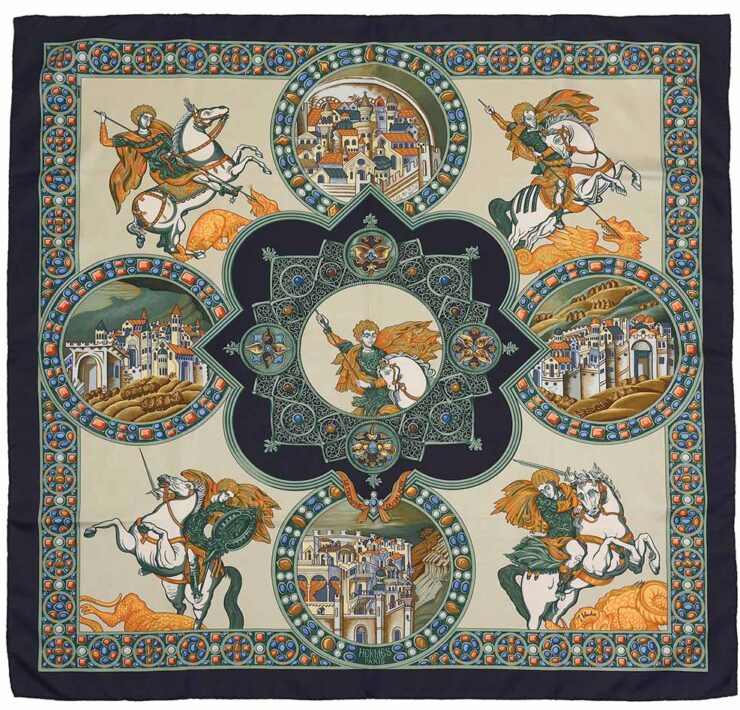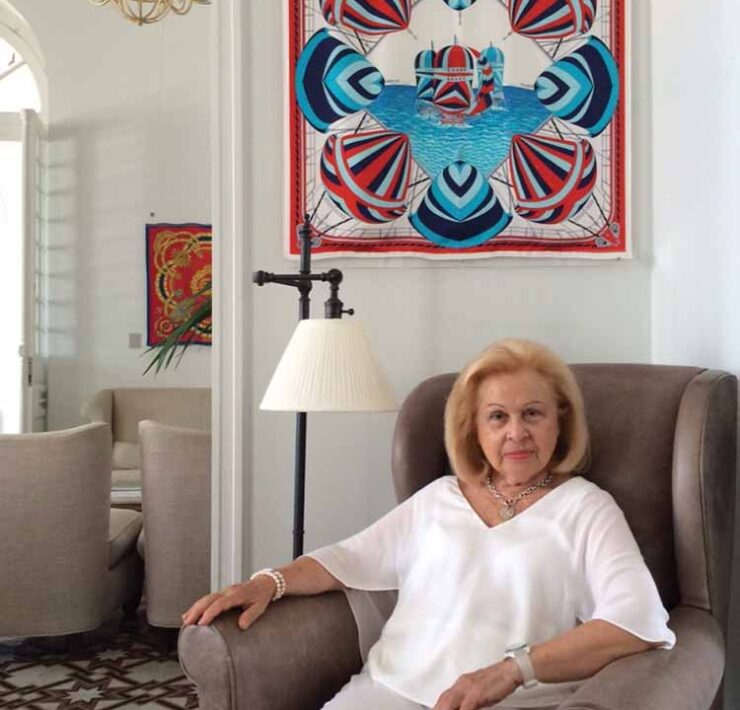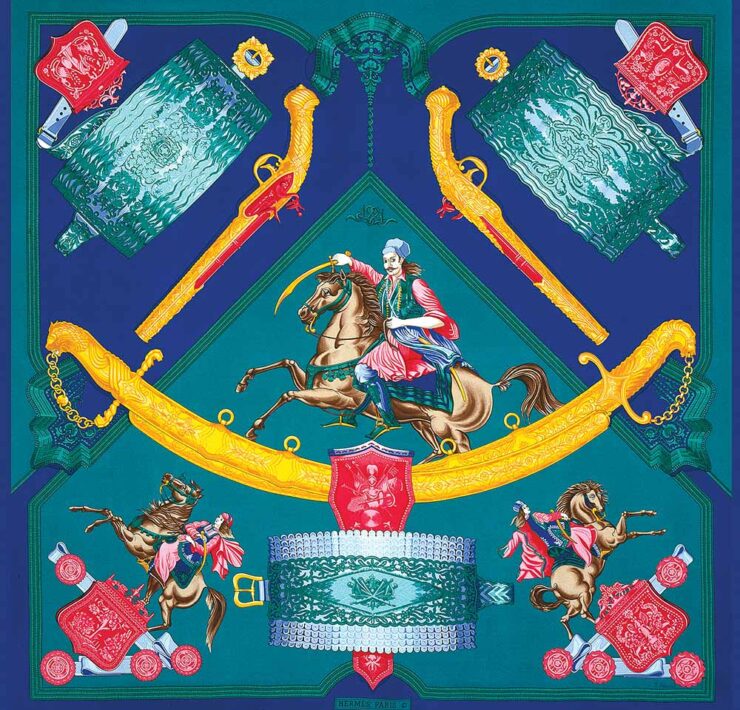HERMÈS : «Three Greek stories»


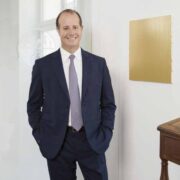

 +6
+6 HERMÈS : «Three Greek stories»
A wedding, an island and a scarf designer, link the top Fashion and Luxury Goods House to our country.
Opening his first shop in Paris in 1837, Thierry Hermès was on a one-way road to success. Even as a simple leather goods craftsman, he had acquired a robust clientele consisting mainly of bluebloods and aristocrats. His specialty as an expert in saddles for riding, was helpful, indeed. Relying on his father’s talent, Emile-Charles, son of Thierry Hermès, dared to take the initiative and move his father’s shop in the most expensive commercial street of the time, the Rue du Faubourg,
Saint Honore. And that’s where it can still be found.
A hundred years after the shop’s opening, Thierry’s grandson, Emile-Maurice, would add the famous square silk scarves, Carre’s Hermès, to the product list.
In 1978, when Jean-Louis Doumas, fifth generation, took over the business, he turned it from national to global.
Having launched 300 new shops globally, and adding new products – from jewelry to perfumes – to the product list, he was the one who made the company’s turnover skyrocket from 80 millions French francs to 1 billion.
In the meantime, his path had crossed that of Rena Gregoriadou, an architect from Athens that was studying in Paris, at the time.
Their union would result in two children, Sandrine, who would decide to go into acting, and Pierre-Alexi, who is currently the co- chairman of the board, together with his cousin Axel.
The RDI (Rena Dumas Interieur) Office, would take over (among other projects) the construction and interior decoration of House Hermès shops, including the boutique shop in Athens.
Apart from their impeccable taste and their persistence in high quality, Rena Gregoriadou and Jean-Louis Dumas used to share their love for Rena’s birthplace.
They decided to build a country house in Aegina, which is now widely held as one of the most beautiful houses on this island of the Saronic gulf. That’s where they used to spend their summers with their family, their identity virtually unknown by anyone else. They went through life seeking privacy and avoiding publicity and social appearances.
I had the opportunity of interviewing her in 1986 for “MIA” magazine. Looking at her designs and the several photos she showed me, I realized how well she was professionally trained, as well as how proud she was to be Greek.
During a reception at the Greek Embassy around that time, I also met Julia Lalagianni-Abadie, who informed me that she had designed several Carre Hermès objects, many of which display Greek themes.
I was surprised to find out that, inspired by the Greek Revolution, she was the one who designed the “1821” scarf, as well as a number of other scarfs such as “Skyros”, “Kosmima”, “Gloire d’ Alexandre”, “Ciels Byzantins”, all of them created with her birthplace in mind. After the request of the House’s chairman himself, Julie Abadie went on designing “Le Triumphe du Paladin” inspired by Saint George, “Les Printemps de Thera”, “Geometrie Cretoise” and others,, up to the death of Jean-Louis and Rena Dumas.
The torch has now been passed to the sixth generation that preserves the family business. The heirs, a total of 16 people, control 75% of the company’s stocks. The remaining 25 per cent is public according to stock exchange regulations. Pierre-Alexi and Sandrine keep visiting Aegina honoring their mother’s memory.


